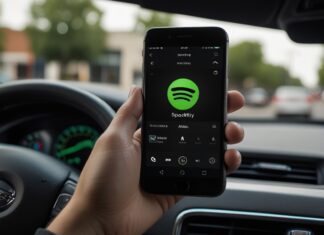Opera, the company responsible for the Opera One and Opera GX browsers, announced on Monday (18) a jump in installs of its mobile version for Android and iOS in the European Union. According to the company, there has been a 164% increase in downloads on iOS since the Digital Markets Act (DMA) came into force in the bloc. Opera for iOS is, according to the company, its flagship mobile product.
The DMA came into effect on March 7 and among its novelties is to release the browser engine on iOS. In addition, both Apple and Google should make it easier for you to choose the default browser on your devices. For Opera, these two factors are mainly responsible for the jump in browser installations on iPhones.
France tops Opera downloads
The country that installed the browser the most, according to the company, was France. Since the DMA went into effect, browser downloads have grown by 402% — an absurd number, to say the least. This is followed by Spain (143%) and Poland (68%). France also leads the jump in installs on Android smartphones, with growth of 54%.
This growth in Opera downloads is in line with a survey commissioned by the company days before the DMA came into effect. The result showed that eight out of 10 EU users are interested in testing a new browser on their smartphones.
That is, users didn’t necessarily download Opera because they thought the browser had good quality, but because they wanted to try options other than Safari (iOS) or Chrome (Android). The Brave browser also saw a spike in downloads after the DMA went into effect.
It’s likely that the end of Apple’s Safari webkit is the main motivation that led iOS users to search for Brave and Opera. Before the DMA came into effect, all browsers were required to use the Safari engine to run on iOS (this still applies outside the EU).
Without this obligation, developers can use their own webkits. Thus, devs have more freedom in the creation of their browsers. If you’re used to using Opera or Brave on your computers, you’ll probably want to use it on Android and iOS — in this case, especially if it’s closer to the desktop version.









